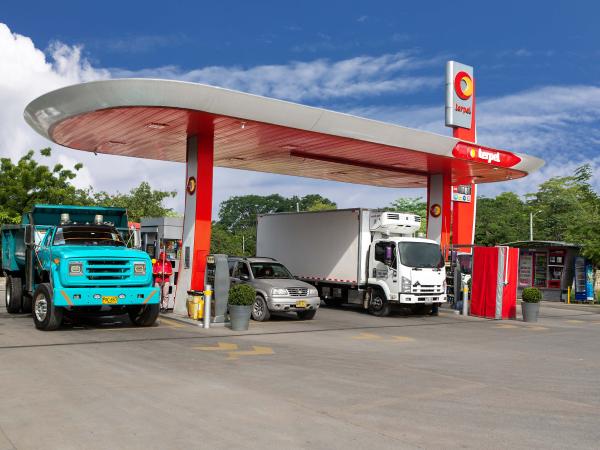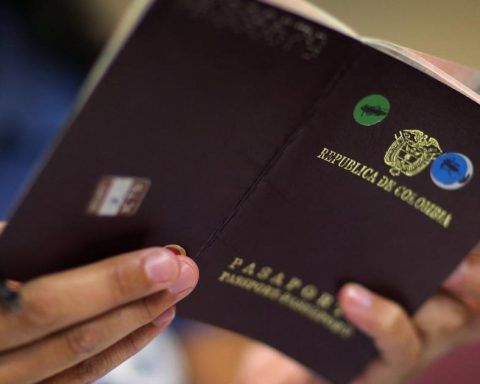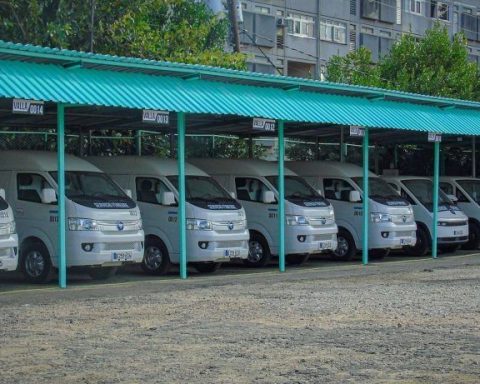Starting this Saturday and after reaching an agreement with the country’s transporters, the price of diesel has experienced an increase of $400, setting the new average retail value at $9,856 in the country’s 13 main cities.
(See: Diesel tax hike will increase the fiscal gap by at least $10 billion)
This decision comes after intense negotiations between the National Government and representatives of freight transporters. However, The Superintendency of Industry and Commerce established that it will intensify controls on prices to prevent diesel from exceeding the maximum price set.
The Superintendency will carry out a control campaign at service stations. The measure aims to prevent speculation and price abuses, thereby protecting consumer rights. Since fuel supply is a public service, stations must meet certain requirements to ensure adequate and efficient provision of the service.
(Read more: Diesel price hike could be transferred to private vehicles such as pickup trucks)
Under the regulated freedom regime for diesel, retailers must adjust their prices according to the guidelines established by the competent authority, ensuring that the margins authorized by the Government are not exceeded.
Diesel
iStock
It is worth noting that by city the established prices were as follows:
(Read: How will the diesel price increase be carried out after the agreement with transporters?)
Cali: 10,292 pesos
Villavicencio: 10,256 pesos
Pereira: 10,235 pesos
Manizales: 10,222 pesos
Medellin: 10,177 pesos
Bogota: 10,156 pesos
Ibague: 10,148 pesos
Hunting: 10,067 pesos
Bucaramanga: 9,919 pesos
Barranquilla: 9,850 pesos
Cartagena: 9,817 pesos
Grass: 9.148 pesos
Cúcuta: 7,841 pesos
(See also: ‘We didn’t know the gap they were leaving us’: row over fuel subsidy)
On the other hand, next week the Ministry of Transport will summon, convene and agree on the technical tables with the cargo and passenger transport bases, as a commitment to the agreement they reached last Friday.
These tables seek to jointly advance the structural transformation required by the transport sector and prioritize decisions that improve the quality of service.
















